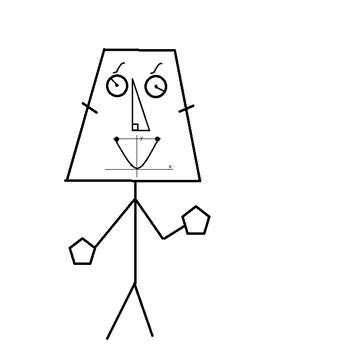I'm a bit confused with finding the volume between two curves?
1 Answer
a.
b.
c.
Explanation:
a. The first thing we need to do is find the x values where our two functions intersect. This can be done by setting the two functions equal to each other and solving for x:
These x values mean the region bounded by functions
To solve for volume about the x axis, we are going to use the formula:
To determine which of your two functions is larger, simply pick a number between 0 and 1, and plug it into both your functions. The one that gives you the larger number is your larger function.
If we plug, say
So,
Our integral should look like this:
Remember : since the region bound by our two curves occurred between
Since pi is a constant, we can bring it out:
Solving this simple integral will give us:
=
=
b. Next, they want volume about the y axis.
To do this, we need to take our functions and solve them for x in terms of y.
Therefore:
and,
To find the y values where our two functions intersect, just set the two functions equal to each other and solve for y:
The last thing we need to do before setting up our integral is find which of our two functions is bigger. To do that, simply plug in a random number in between 0 and 1. I'll plug in
So, since
The formula we will use is nearly identical to the one prior, except it is integrating in respect to y:
Setting up the integral gives us:
I'll spare you the steps, but the answer tuns out to be:
c. Lastly, they ask for the volume about the line
What we need to do is set up an expression that represents the distance at any point of our functions from the line
For the function:
For the function
The same method we've been using to find which function is larger can be used here. To make things concise, the larger function is
Now we can substitute these values into our formula for volume about the x axis, giving us:
If you've gotten this far in calculus you probably already know how to integrate this one, so the answer is:

